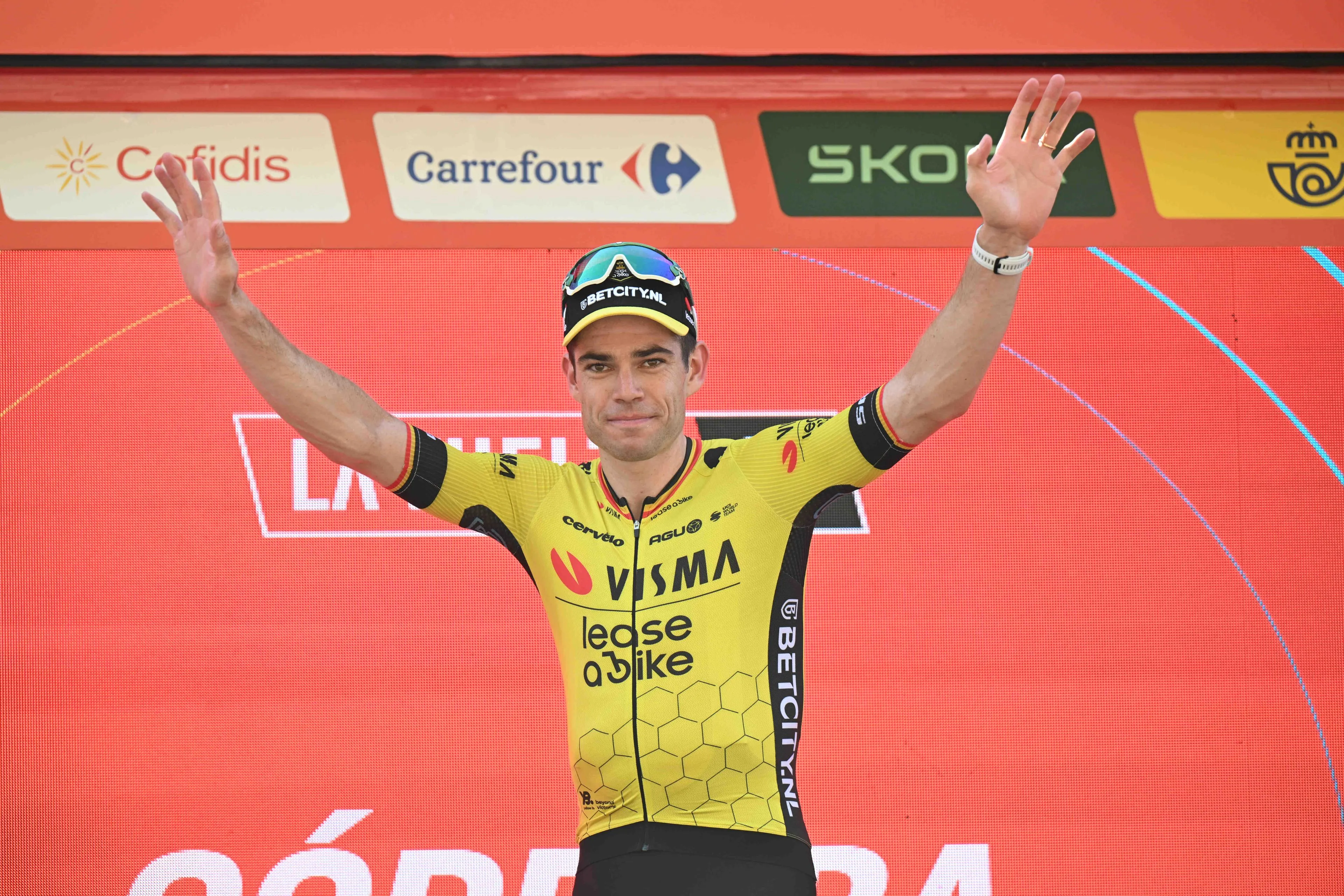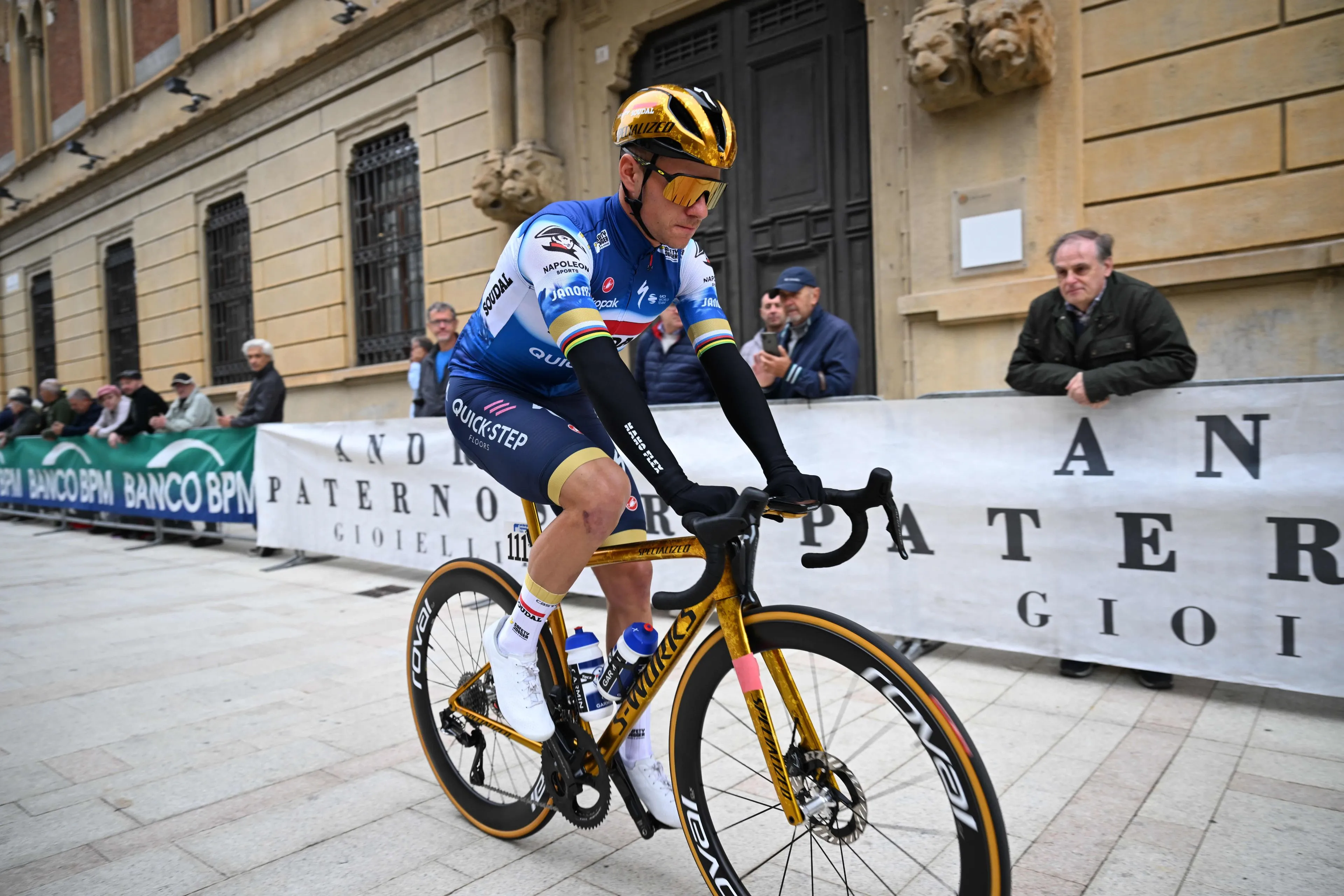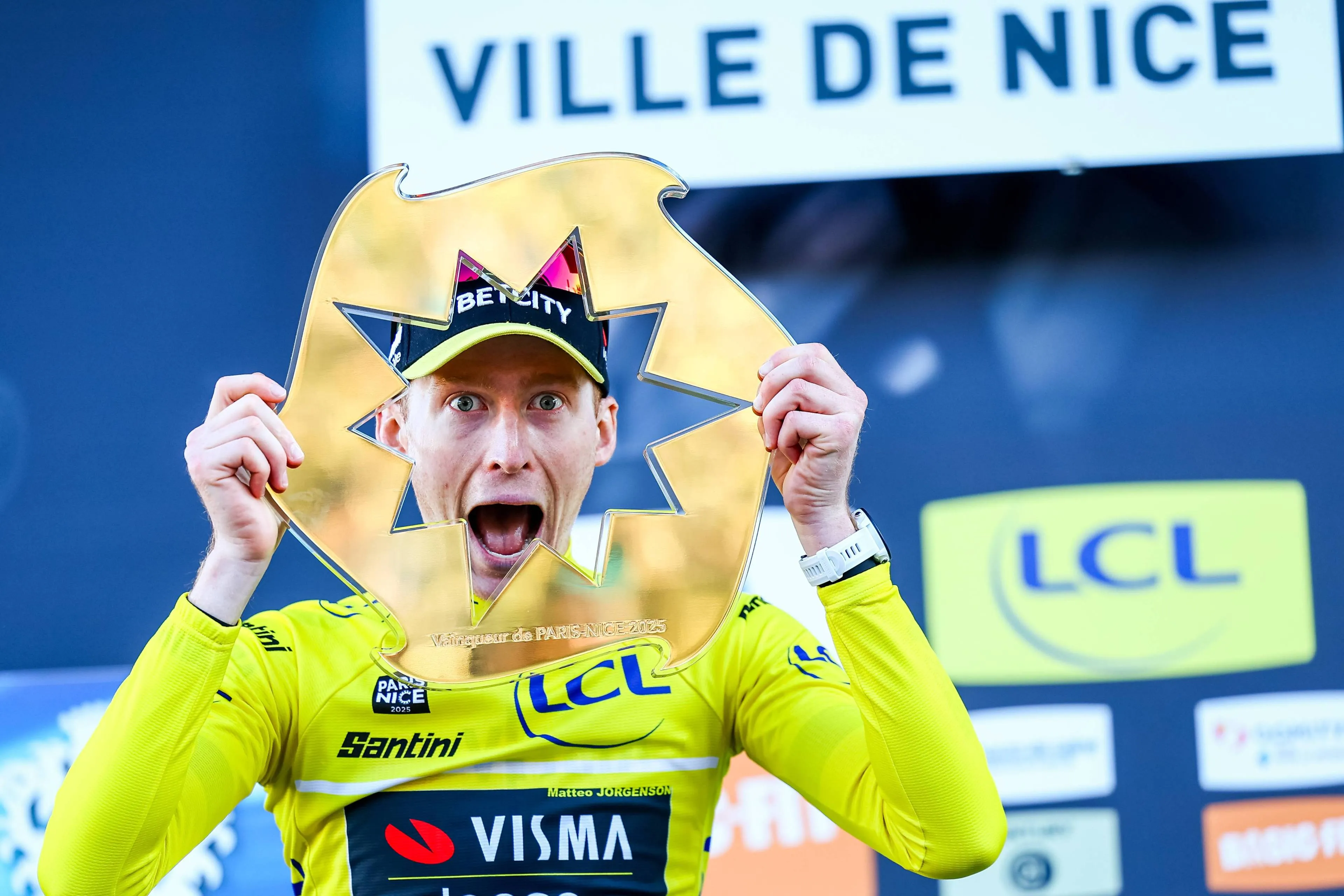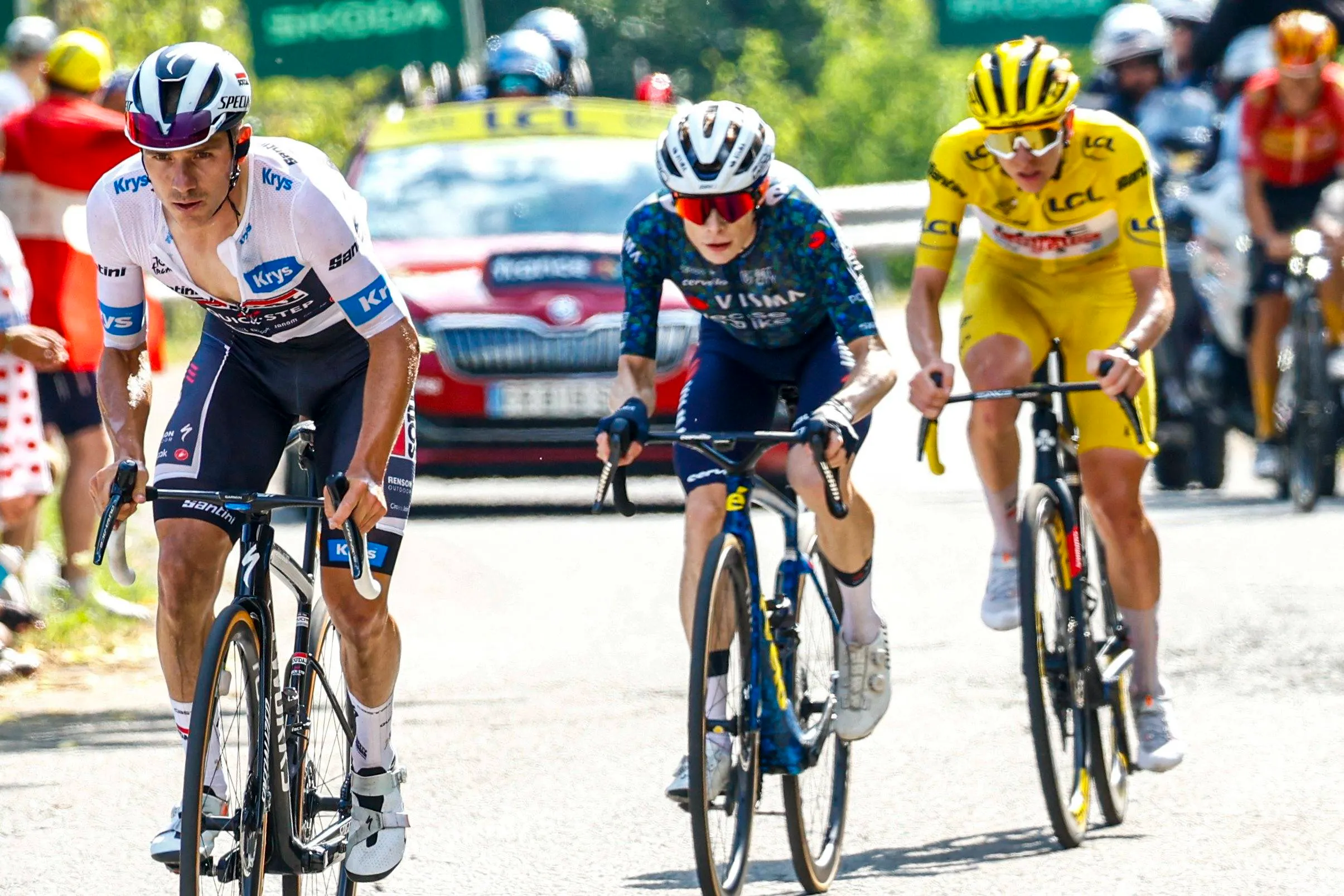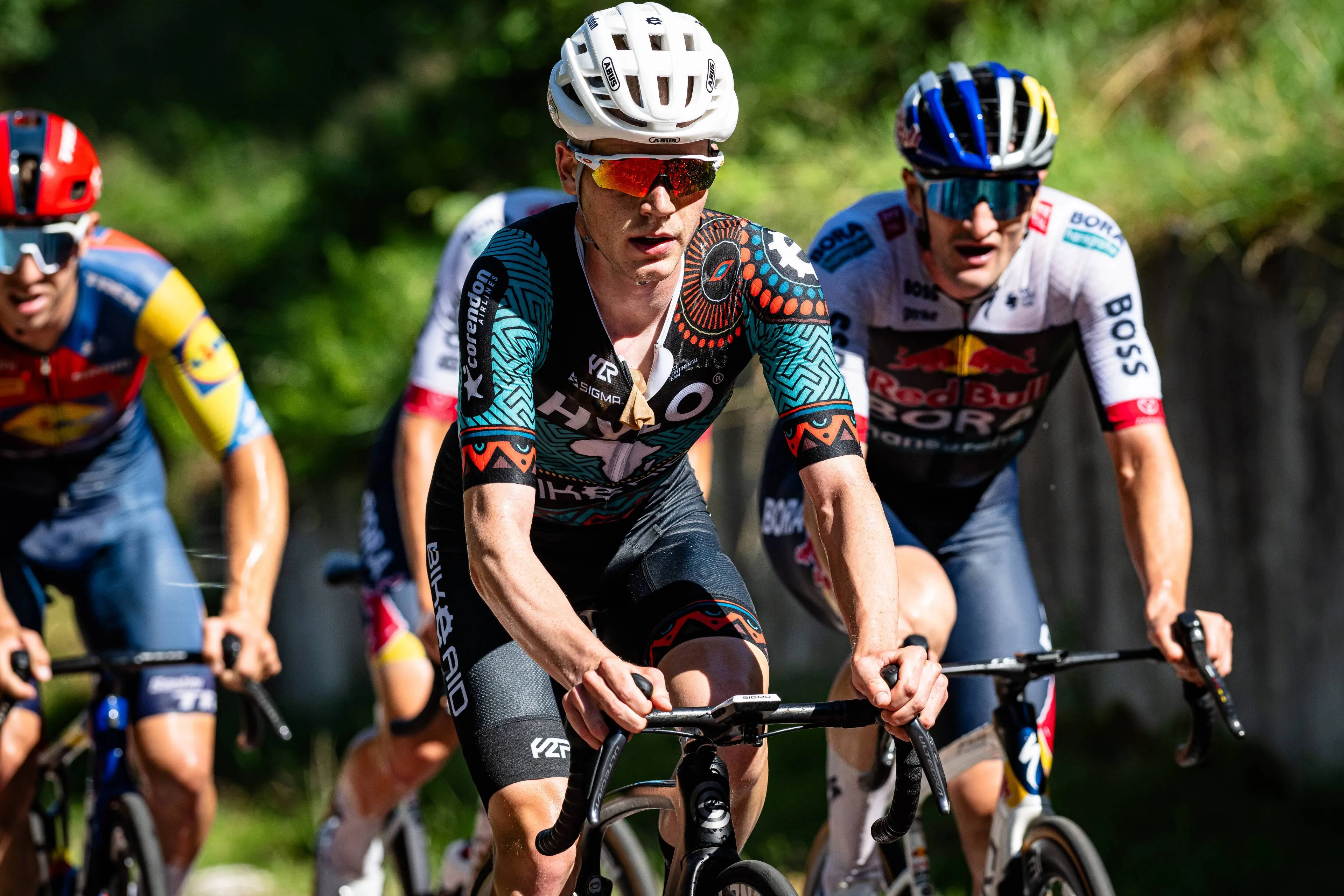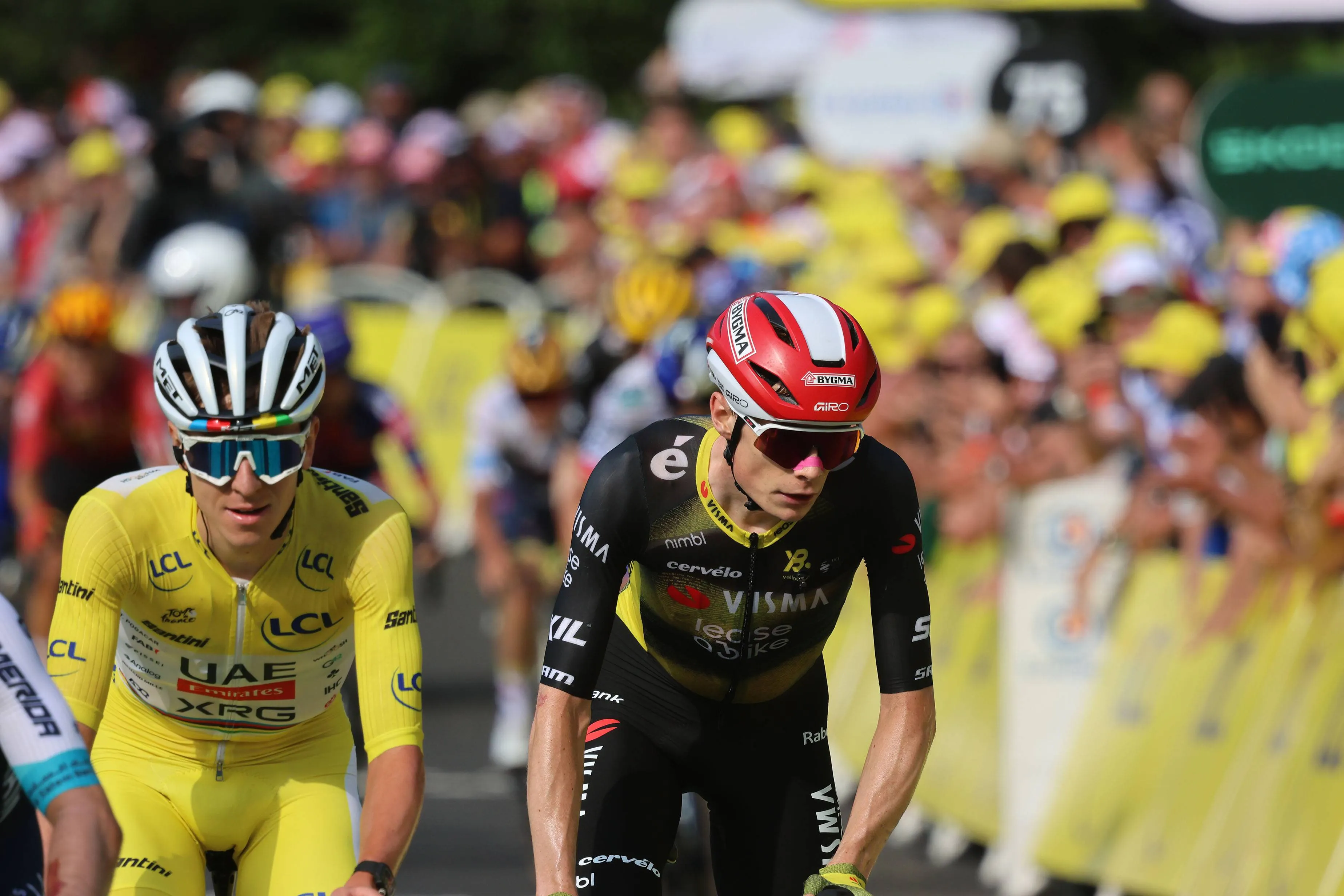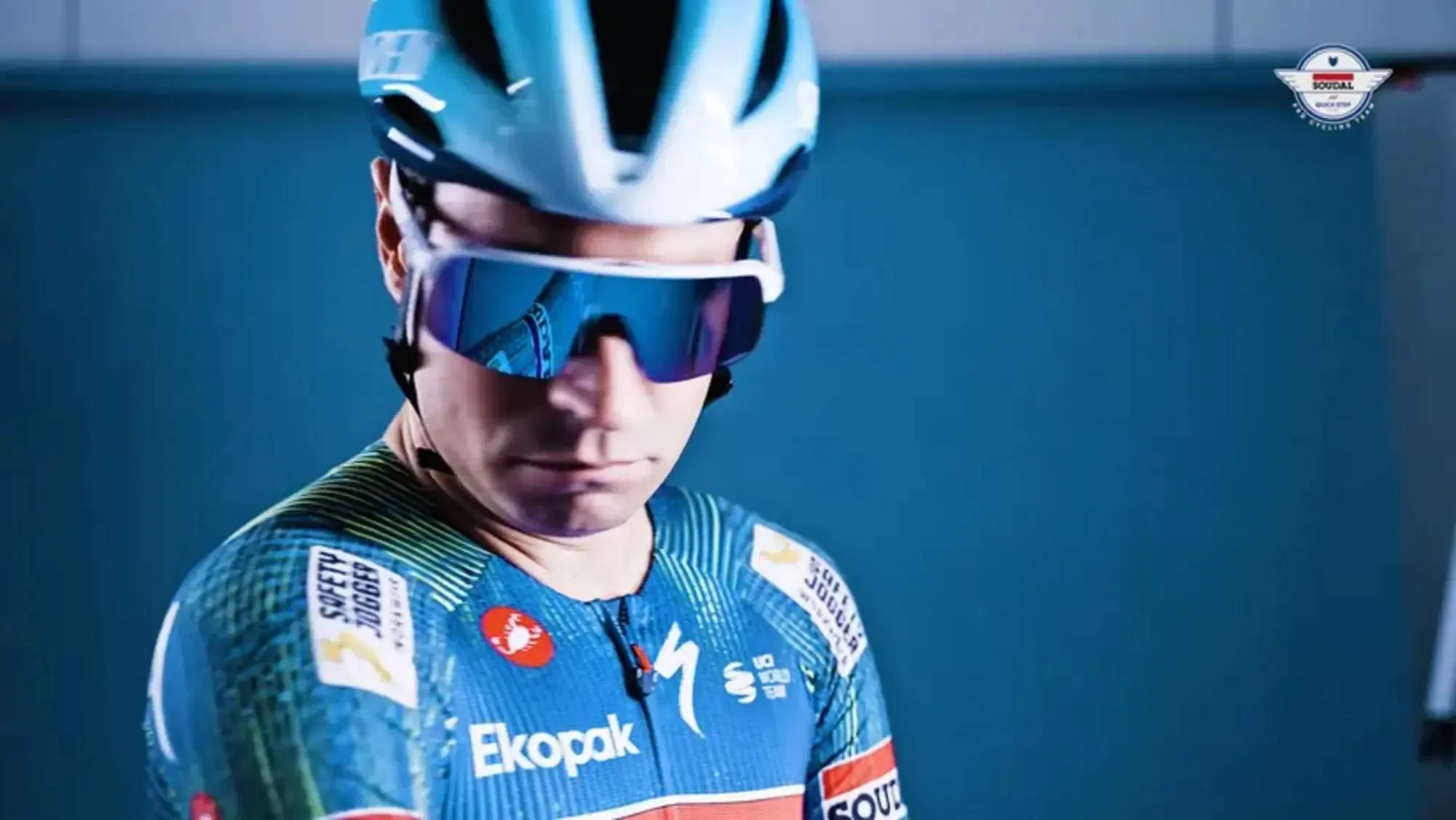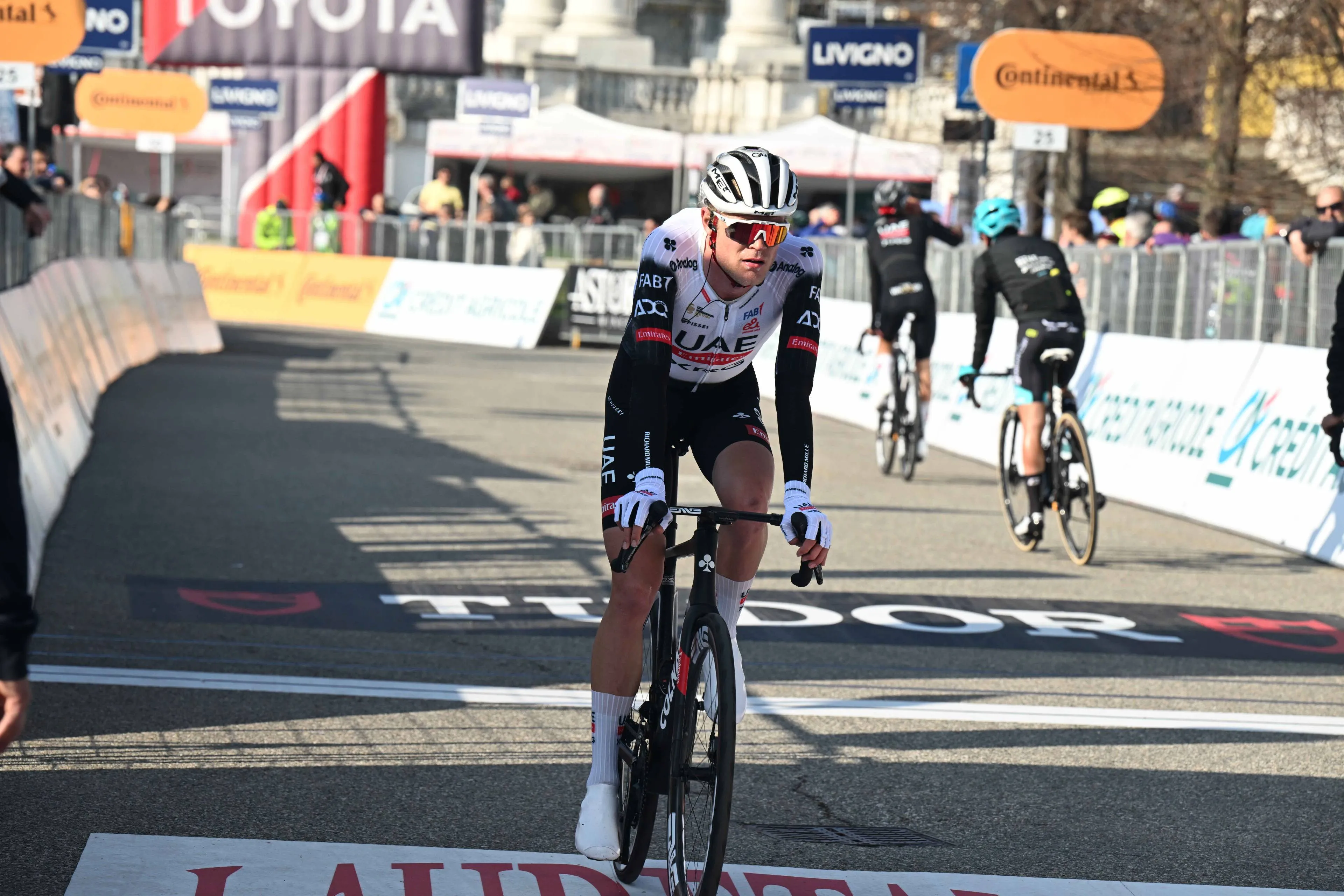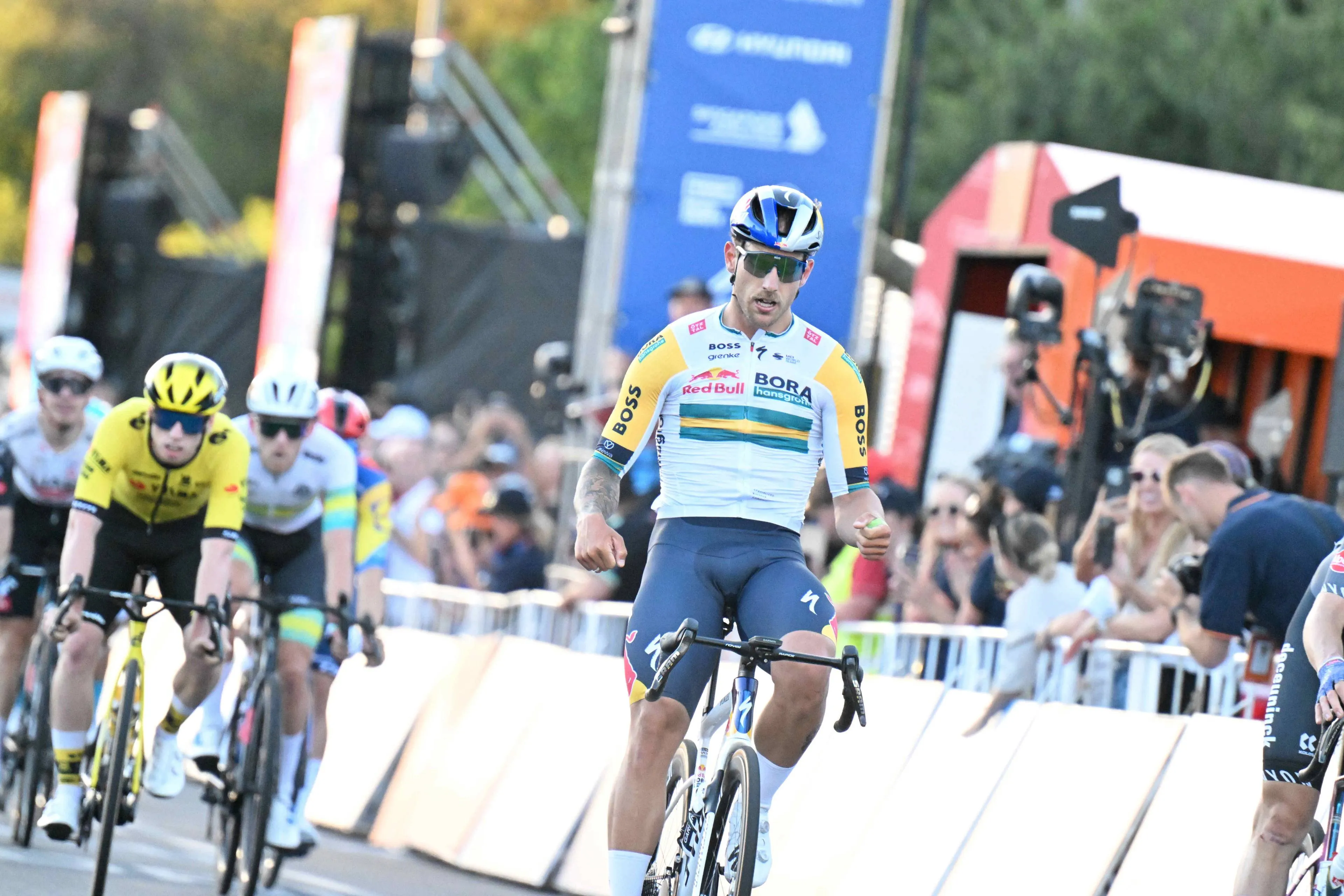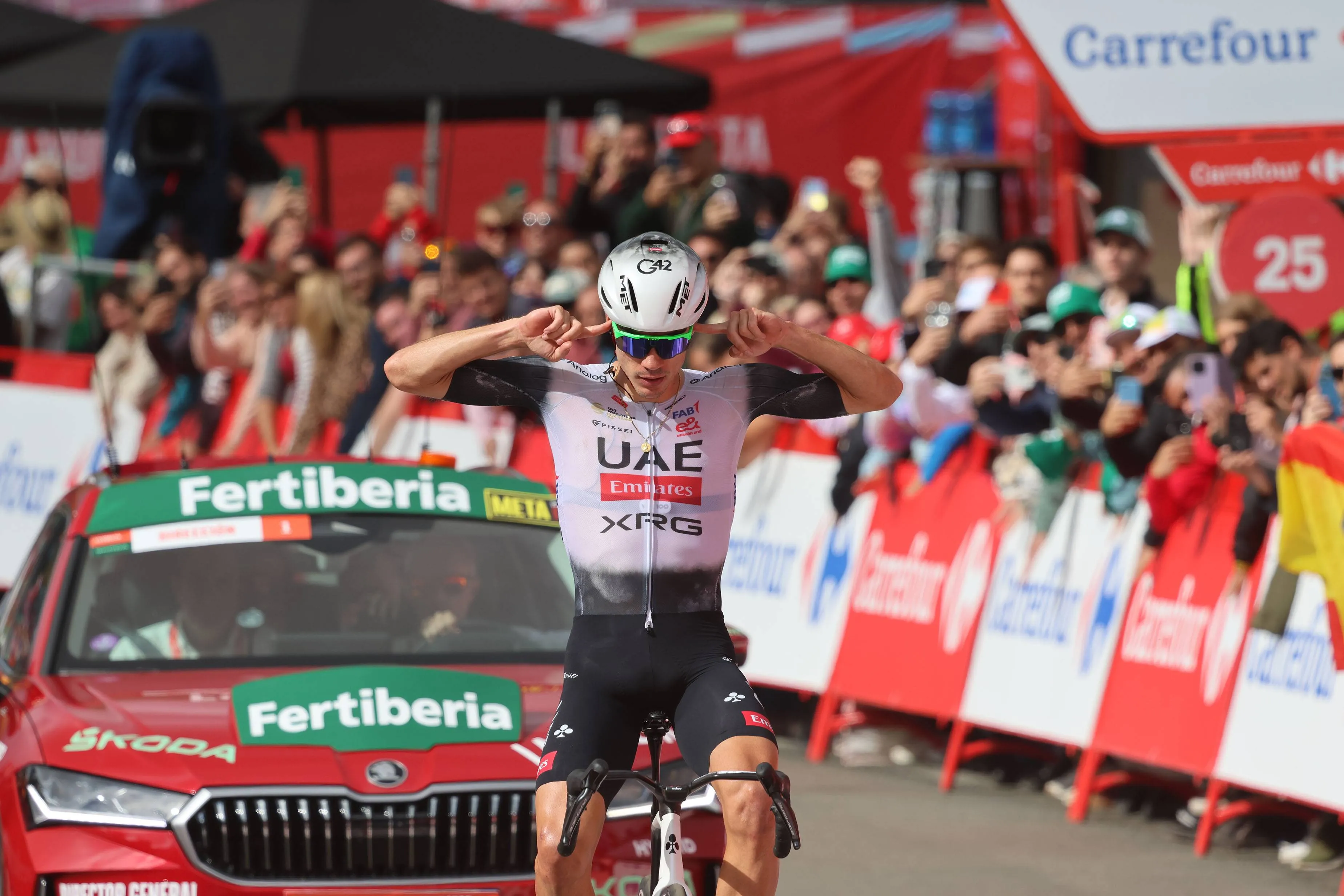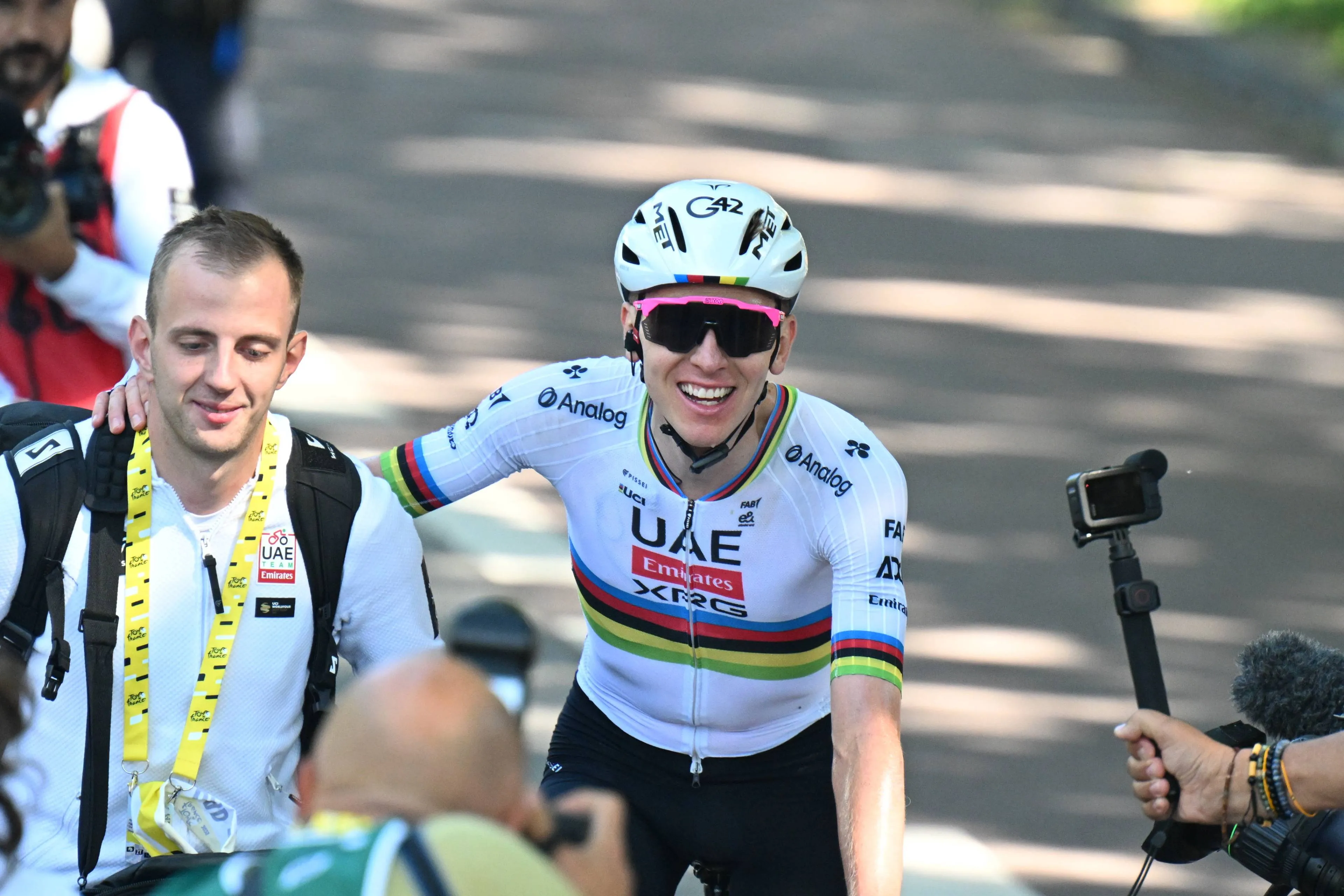ANALYSIS: What are the best monuments of recent years? Featuring Pogacar, Van der Poel and Evenepoel
CyclingSaturday, 29 March 2025 at 15:00
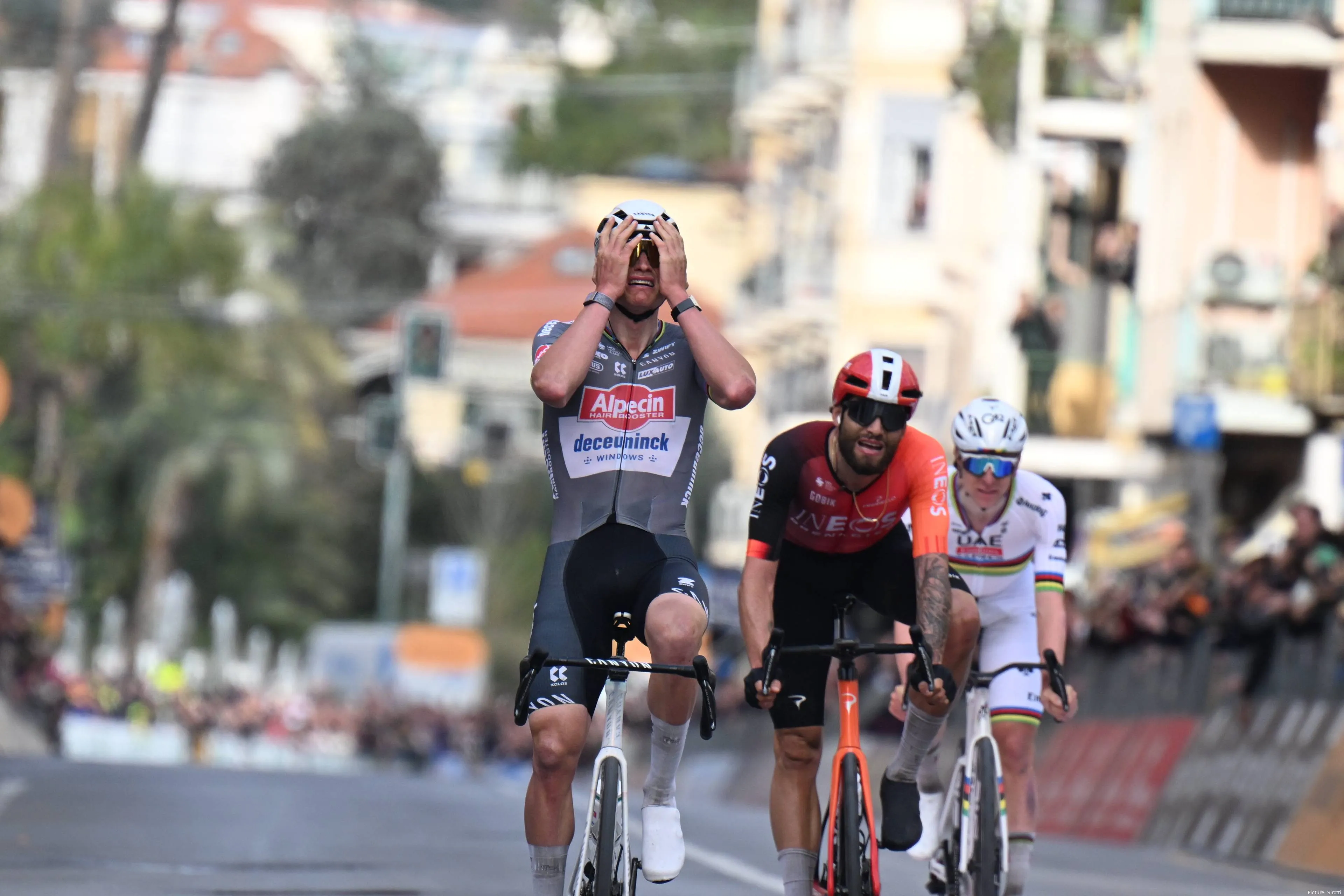
With an electric finish, iconic names, and a record-breaking
climb that reshaped the narrative of a race steeped in tradition, last weekend’s
Milano-Sanremo is already being spoken of as perhaps the greatest edition in
its 100+ year history. Mathieu van der Poel’s thrilling victory in a three-up
sprint over Filippo Ganna and Tadej Pogacar capped off a day that had cycling
fans and commentators in awe.
But how does it compare to other recent Monuments that have
defined this golden generation of classics racing? Here we examine six of the
best one-day races from recent seasons, and ask where 2025’s Sanremo ranks
among them.
Let’s put it this way, the coming weeks on the cobblestones
have a lot to live up to.
Read also
1. Milano-Sanremo 2025
Let’s start with a recap of that incredible race from this
weekend, a race which Mathieu van der Poel called it “the greatest
Milano-Sanremo of all time.” And he may not be wrong.
What made this edition stand out wasn’t just the stars
involved, but how the race unfolded. For the first time in nearly three
decades, the Cipressa climb was decisive, with Tadej Pogacar shattering a
long-standing record by more than 20 seconds. That aggression split the race
far earlier than usual and reshaped the script of a race so often criticised
for its predictable finalé.
Read also
By the Poggio, only the very best remained. Mathieu van der
Poel and Pogacar crested the final climb together with Ganna just behind, and
the three contested one of the most thrilling finishes in modern Monument
history. Van der Poel, showcasing all his experience, edged Ganna in the final
metres with a surprise long sprint, with Pogacar settling for third. The image
of the three crossing the line, utterly spent, was already being compared to
the iconic finishes of cycling’s past.
Tactically, emotionally, and in terms of sheer wattage, this
race had everything. It also symbolised a new era where even Sanremo (traditionally
a waiting game) could be decided 30 km from the line.

Was last weekend's Milano-Sanremo the greatest ever monument?
2. Tour of Flanders 2023
If Milano-Sanremo 2025 was the greatest sprint finish of
recent times, then the 2023 Tour of Flanders may have been what Pogacar tried
and failed to recreate.
Tadej Pogacar lined up on the start line, against defending
champion Mathieu van der Poel. The Slovenian launched an incredible move on the
Oude Kwaremont, distancing the Dutchman and then also Mads Pedersen.
What followed was a demonstration of power and poise. Pogacar
soloed to Oudenaarde, becoming the second male rider to win three different
monuments before turning 2025, a list that include Eddy Merckx.
It wasn’t a sprint or a battle to the line. This was one man
against the race, and he conquered it.
Read also
3. Paris-Roubaix 2021
For sheer visual impact, 2021’s Paris-Roubaix is unmatched.
It was held in October due to complications from the pandemic, and the images
of riders caked in mud, barely distinguishable from the cobbles, became iconic.
The race was chaotic from the outset, with crashes,
mechanicals, and split groups defining the action. In the end, Sonny Colbrelli,
in his debut appearance at Roubaix, sprinted to victory in the velodrome over
Florian Vermeersch and Mathieu van der Poel. He collapsed in tears, completely
spent, having written his name into history in one of the most unpredictable
and grueling editions ever.
Colbrelli’s win wasn’t just about the conditions. It was
about resilience, adapting mid-race, and seizing the moment when it came.
Read also
4. Paris-Roubaix 2022
If 2021 was chaos, 2022 was control, at incredible speed.
Dylan van Baarle attacked with over 20 km to go and never
looked back, winning solo in the fastest-ever edition of Paris-Roubaix.
Averaging 45.8 km/h across the 257 km route – including the infamous Trouée
d’Arenberg and Carrefour de l'Arbre, Van Baarle showed the perfect blend of
endurance and precision.
One man who didn’t have a perfect day, was Wout van Aert who
suffered multiple punctures. But that shouldn’t take anything away from Van
Baarle, who was truly electric.
Read also
The time trial specialist used his knowledge of pacing and
positioning to perfection, opening a gap on the cobbled sectors when it
mattered most. While others punctured or faded, the Ineos rider surged. His
victory was not just dominant; it was historic.
Though it lacked the messy drama of 2021, this was a
Monument won with surgical execution – and at record-breaking speed.
5. Liège–Bastogne–Liège 2022
In 2022, Remco Evenepoel had something to prove. Critics
doubted his Grand Tour ambitions after a tough 2021 season, but in
Liège–Bastogne–Liège, he reminded the world of his raw talent.
He launched a solo attack with more than 30 km remaining (on
the legendary Côte de la Redoute_ and simply rode everyone off his wheel. The
move echoed the best of Eddy Merckx or Bernard Hinault: a long-range,
all-or-nothing effort that paid off in spectacular style.
For those who haven’t seen the move, it’s certainly worth a
watch. Evenepoel was pushing so many watts when he exploded into action, that
his bike initially struggled to keep up with him.
Read also
Evenepoel crossed the line with a gap of almost a minute,
arms raised, silencing doubters and marking his arrival as a Monument man. It
was Belgium’s first home win at Liège since Philippe Gilbert in 2011 and began
Remco’s transformation from prospect to leader, as the Quick-Step team had been
built around Julian Alaphilippe until then.
His post-race celebration, pointing to the sky in tribute to
his late friend and teammate Bjorg Lambrecht, only added to the emotion of a
race that brought history and humanity together.
6. Il Lombardia 2020
The 2020 edition of Il Lombardia came under unique
circumstances. Due to the COVID-19 pandemic, it was held in August rather than
its usual October slot due to rescheduling of the grand tours, and the peloton
arrived underprepared for the intense heat and attrition.
Jakob Fuglsang launched a decisive move on the Civiglio
climb and eventually distanced George Bennett and Aleksandr Vlasov on the final
ramps. It wasn’t the most high-profile field compared to some editions, but the
race saw several contenders, including Remco Evenepoel, crash out, most notably
on the descent of the Muro di Sormano.
Read also
Fuglsang’s win was tactically astute, using his experience
and climbing legs to claim his second Monument (after Liège in 2019). While it
may not have had the same drama or star-studded finale as some other editions,
it was a race shaped by heat, risk, and high attrition, a Monument that
reflected the strange rhythm of 2020’s racing calendar.
So where does Milano-Sanremo 2025 rank?
Each of these Monuments offered something unique: tactical
brilliance, solo domination, brutal weather, or a history-making moment. But
2025’s Milano-Sanremo manages to tick almost every box.
It had:
- Three of the sport’s biggest stars in the final.
- A rarely-seen Cipressa attack that reshaped the race.
- A record-breaking pace.
- A three-up sprint.
- And an emotional, respectful rivalry between three superstar riders.
Read also
In contrast to the long-range solos of Flanders 2023 or
Liège 2022, Sanremo 2025 delivered suspense from 30 km out and climaxed with a
sprint that could have gone to any of the final three riders.
What makes it stand out is how it redefined expectations.
Sanremo has often been called “the easiest Monument to finish, the hardest to
win,” with conservative racing and late attacks. This edition changed that. It
proved that even Sanremo could be transformed by aggressive tactics and
superstar legs.
Whether it ranks above Flanders 2023 or Roubaix 2021 comes
down to personal taste. Some prefer long solos, others the spectacle of muddy
carnage, others the perfection of pacing. But in terms of narrative, quality of
riders, tactical variety, and visual drama, the 2025 Milano-Sanremo is
unquestionably among the very best Monuments of the past decade.
Read also
It’s a race fans will talk about for years to come, and one
that future editions will struggle to match.
Bring on the Tour of Flanders and Paris-Roubaix!
claps 0visitors 0
Just in
Popular news
Latest comments
- Johansen gets a year and the 'big stars' get big bucks and everything...' Gianetti - hard fkr
 leedorney16-12-2025
leedorney16-12-2025 - Pedersons talent doesn't need to be doubted - he won the world's in Yorkshire in atypical weather for that area and that's a win in itself!
 leedorney16-12-2025
leedorney16-12-2025 - Yeah, it's basically a form of clickbait to make you click on the headline and spend a few seconds reading to find out who it is. That helps with the analytics that advertisers are looking for (i.e. how long readers are spending on the page).Pogboom16-12-2025
- The headline doesn't say anything... Right down the page tho, it says Sam Welsford 🙄 Like how fkg hards that... TO PUT IN THE HEADLINE 🙃
 leedorney16-12-2025
leedorney16-12-2025 - We are talking here about 2025/2026 season. It is obvious that everybody gets old and at some point going to be slower.averagecyclist16-12-2025
- The only way to win against a stronger rider is by using tactics. You don't work with them, let them expend energy while you remain in the wheels.abstractengineer16-12-2025
- The only way to win against a stronger rider is by using tactics. You don't work with them, let them expend energy while you remain in the wheels.abstractengineer16-12-2025
- Why is golf "unwinding in style"? Its the sport of the rich and famousabstractengineer16-12-2025
- To do that he must be in the front group and not the chase group, sucking wheelsabstractengineer16-12-2025
- Time is on Nys’s side. Give it a few years. Even MvdP will slow down one day.mobk16-12-2025
Loading
2 Comments

